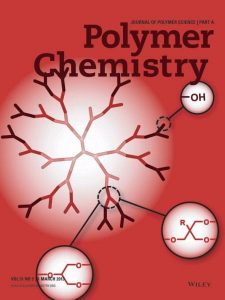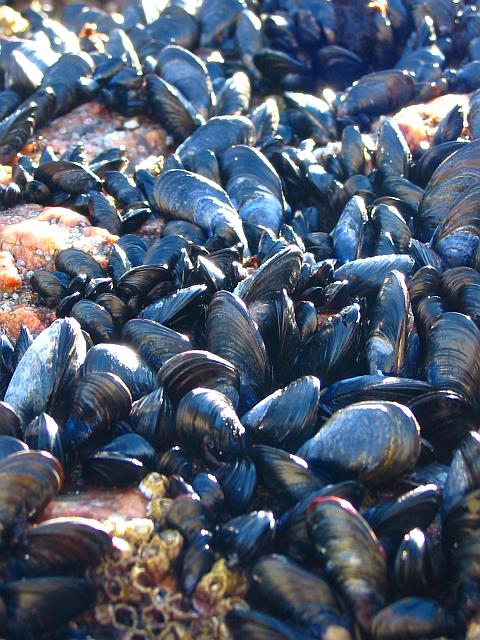 In Volume 51, Issue 5, the Journal of Polymer Science Part A: Polymer Chemistry is shining article spotlights on three distinct pieces of research: “Hyperbranched Aliphatic Polyether Polyols,” “Gelation and Adhesion Behavior of Mussel Adhesive Protein Mimetic Polymer,” and “Synthesis of Dual-functional Copolymer with Orthogonally Photosensitive Groups.”
In Volume 51, Issue 5, the Journal of Polymer Science Part A: Polymer Chemistry is shining article spotlights on three distinct pieces of research: “Hyperbranched Aliphatic Polyether Polyols,” “Gelation and Adhesion Behavior of Mussel Adhesive Protein Mimetic Polymer,” and “Synthesis of Dual-functional Copolymer with Orthogonally Photosensitive Groups.”
Hyperbranched polymers exhibit low viscosity, good solubility, and multifunctionality, can be synthesized in one reaction step, and are relatively stable against acidic or basic hydrolysis. Holger Frey and colleagues review the preparation, characterization, and application of alphatic, hyperbranched polyethers. The researchers explain how hyperbranched polymers can be used to build novel macromolecular architectures, for protein- or cell-resistant surfaces, or for drug and dye delivery. Future study will focus on further understanding the structure-properties relationship in order to diversify the applications of hyperbranched polymers.
Mussels are able to anchor to many types of surfaces even under wet conditions. The catechol unit of the mussel adhesive protein is oxidized inducing a cross-linking reaction. Atsushi Takahara and collaborators synthesized a simple water soluble acrylamide copolymer that mimics natural mussel adhesion proteins. The aerobic oxidation of the catechol triggered the cross-linking formed an adhesive hydrogel. By mimicking the adhesive proteins, these researchers expect this polymer system will become a useful platform for constructing functional materials that work in water.
Grafted polymers are commonly used to modify surface wettability, (bio)adhesion, and responsiveness to an external stimulus such as pH, temperature, or light. Shu Yang and colleagues synthesized a dual-functional copolymer, poly(4-styrenesulfonyl azide-co–t-butyl-methacrylate) through radical copolymerization. The t-butyl ester groups could be photodecomposed at 365 nm UV exposure enabling photopatterning with a hydrophobicity/hydrophillicity switch. The azide groups could photoimmoblize the polymers on an organic substrate at 254 nm UV exposure. The dual functionality allows for covalently bonding to a substrate via photografting with patterned hydrophilic/hydrophobic regions. This ability to create patterned surfaces with different functionality can be used for applications such as water harvesting, controlled drug release, microfluidic channels, and lab-on-chip devices.

















